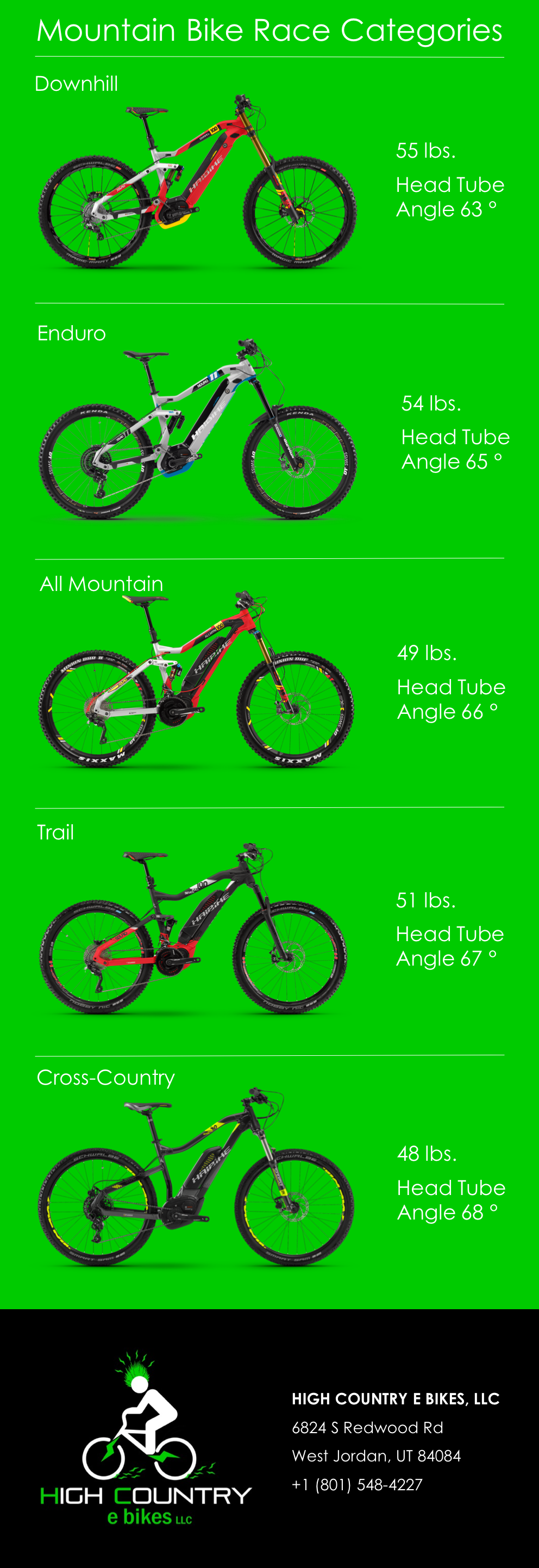Essential Insights Right Into E-Bike Rules And Laws For Beginners In Your City
Essential Insights Right Into E-Bike Rules And Laws For Beginners In Your City
Blog Article
Content Create By-Munk Willumsen
Prior to you hop on your e-bike and hit the streets, it's critical to understand the laws and regulations that control your city. From speed limits to marked riding locations, there's a lot to think about to guarantee you're certified and secure. By acquainting on your own with the regulations certain to e-bikes, you'll be much better furnished to appreciate your adventures without any unanticipated legal concerns. Keep tuned to discover crucial insights that will certainly help you browse the e-bike landscape in your city effortlessly.
Comprehending E-Bike Classification
When it comes to navigating the world of e-bike legislations and laws, a crucial beginning point is recognizing the category system that categorizes these electrical bikes. E-bikes are usually identified right into 3 major groups: Class 1, Course 2, and Class 3.
Class 1 e-bikes are pedal-assist only, suggesting they offer help while the motorcyclist is pedaling and have a maximum speed of 20 mph. These bikes are admitted areas where typical bikes are permitted.
630 beach cruiser -bikes are outfitted with a throttle that can push the bike without pedaling. They also have a maximum speed of 20 miles per hour and appropriate for motorcyclists that may require aid without pedaling continuously.
Course 3 e-bikes resemble Class 1 yet with a higher maximum speed of 28 miles per hour. These bikes are frequently limited from certain bike paths or trails as a result of their higher rates.
Comprehending these classifications is necessary for abiding by local laws and guaranteeing a safe and enjoyable e-biking experience.
Navigating Rate Limitations and Constraints
To efficiently browse e-bike regulations and laws, it's vital to comprehend the rate limitations and constraints that relate to different courses of electric bikes.
go to this site for e-bikes vary depending upon the category of the bike. Course 1 e-bikes, which are pedal-assist only and have a maximum speed of 20 miles per hour, are commonly permitted on bike lanes and paths.
Course 2 e-bikes, which have a throttle along with pedal-assist and also get to rates of approximately 20 mph, may be restricted in particular areas where motorized vehicles aren't allowed.
Class 3 e-bikes, with pedal-assist up to 28 mph, are typically needed to adhere to the same regulations as standard bikes.
It is necessary to abide by these rate limits and restrictions to ensure your security and the safety of others when traveling. Prior to riding your e-bike, familiarize yourself with the details laws in your city to avoid any type of potential fines or legal concerns.
Where to Trip Your E-Bike
To figure out where you can ride your e-bike, it's necessary to be aware of the regulations and standards specific to your area. In many areas, e-bikes are normally allowed on roadways and streets where traditional bicycles are allowed. This might include bike lanes, bike paths, and shared roads. However, it's important to check regional regulations as some cities may have details restrictions on where e-bikes can be ridden.
When riding your e-bike, always prioritize safety by complying with web traffic regulations and appreciating pedestrian pathways. Furthermore, be hoover board attachment of any type of assigned bike lanes or paths in your location and use them whenever possible to ensure a smoother and safer ride.
Some cities also have laws relating to e-bike usage on sidewalks, so make certain to acquaint on your own with these guidelines to prevent any kind of fines or penalties.
Verdict
Since you recognize with the legislations and guidelines bordering e-bikes in your city, you can confidently hit the road knowing where you can ride and what restrictions put on your e-bike classification. Remember to always prioritize security and adhere to the guidelines to guarantee a smooth and lawful ride. Happy riding!
